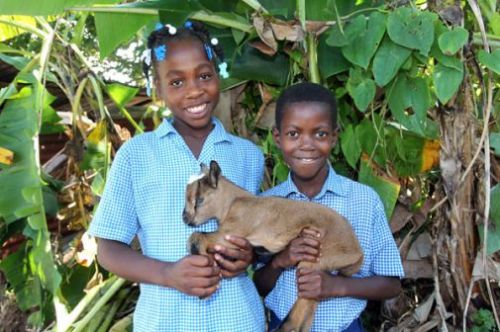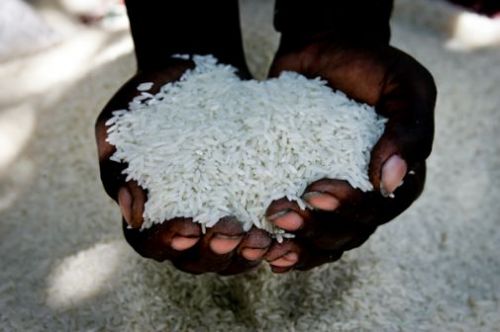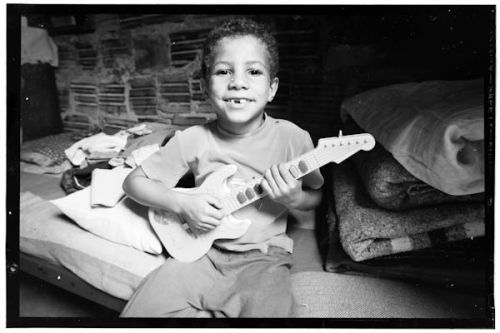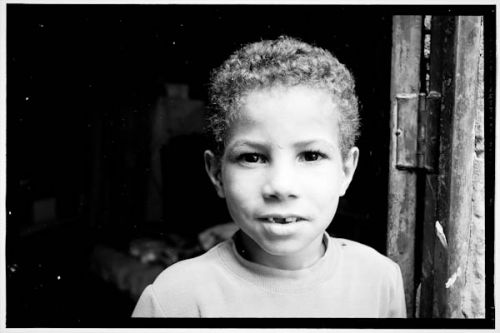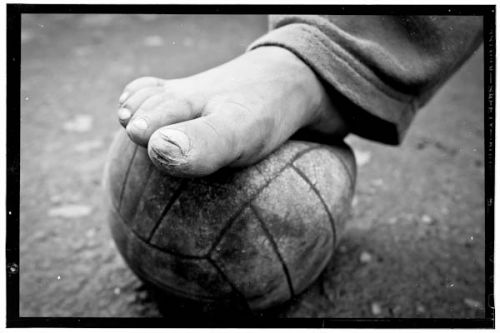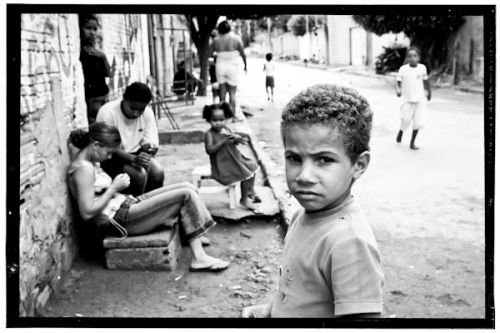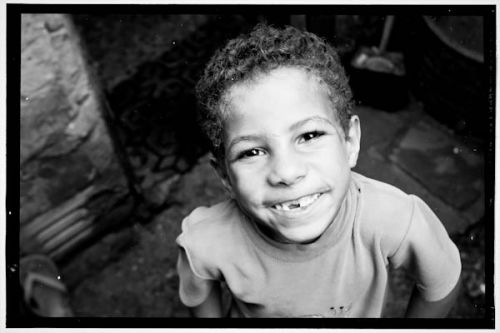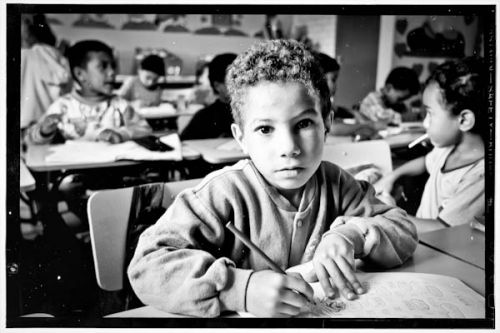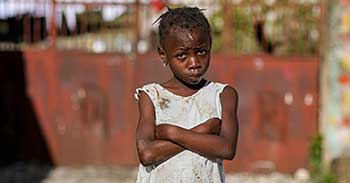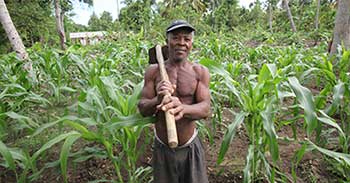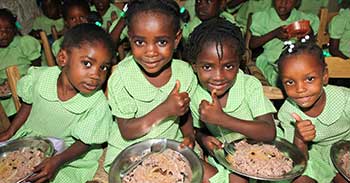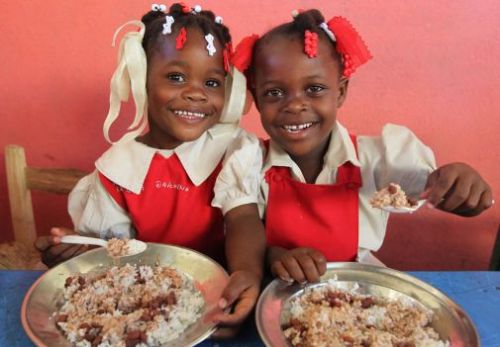
It is now three years after the terrible earthquake in Haiti. Many positive things have happened. Factories are being built, hotels are being built, the infrastructure, including better roads and the internet has improved.
But still 350,000 people living in tents in and around the capital Port-au-Prince, and many countries have not sent the money they promised after the earthquake. One can understand that the Haitians are tired of the countries that promised much and delivered little.
Haiti has for many years been one of the poorest countries in the world. It depends on many things. But why should this poor country and people be affected by such a disaster?
I have been to Haiti several times both before and after the earthquake. It is poor, dirty and much misery. At the same time a wonderful and helpful people. It is difficult for most people to get out of the bottom of the swamp. They try, but it's hard.
I have seen poverty in many parts of the world, but not as in Haiti. And I've seen it up close. Children dying of AIDS, dying of cholera, children living and begging on the street for survival.
I have met and talked with many people in the projects sponsored by Star of Hope, especially children about their difficult circumstances and mishaps. Many do not have access to either food, water or toilet. The only hot food some children get each day is the school lunch at Star of Hope's schools.
Large parts of the population in Haiti lives day by day. They can not plan for the future. They live from hand to mouth. They consume immediately everything they can get. The small crops they grow, they try to sell and then buy cooking oil and other necessary things for survival. Approximately 80% of the population live on less than two dollars a day.
The only asset many people have is a goat or a cow that they managed to save up for. Many handles a goat as their bank book, sold only in the worst emergencies. They sell the offspring to get some income if necessary. And if a man earns two dollars a month and receives 60-100 U.S. dollars from the sale of a goat, it can make a big difference.
Therefore, Star of Hope's goat and chicken program that started 2008 is very appreciated. About 900 goats have been distributed and about 800 chickens.
Many are fleeing the countryside trying to find a job and a living in the city where it happens. There are many possibilities most people think. That's why many people remain in tent camps in Port-au-Prince. They hope and believe that they will have a new home in the city.
Star of Hope has consciously during all the years they have worked in Haiti focused on the poor in rural villages. It has been working closely with the villages groups and planning efforts together. Star of Hope to continue this work. The goat program is just a way to help farmers to remain in the villages. We have also distributed seed, had tools banks and trainings for them.
However, the large Star of Hope focuses on education. Currently Star of Hope supports about 3 000 children in eight projects in Haiti. They receive education and school lunch in the new school premises with new desks and further trained teachers. All children received school supplies. They get a good chance for a good start in life.
For many, there are better opportunities to stay in rural areas. Children receive a good education, the farmers get help with different things. All this is very much appreciated. They are very thankful to all the sponsors and want the sponsors to know that. They are extremely grateful. At the same time, they want to stand on their own eventually, earn their own money, pay for themselves. The Haitians are a proud people who constantly had to fight. They are prepared to fight even more if it knows it can get better.
I wish we (the Star of Hope, sponsors, and the world) could do a lot more for these vulnerable people so that they can get better opportunities. Star of Hope's model works on several different levels, but more resources are needed. If the Star of Hope will continue forward as now, we will see great results in 3 years, in 10 years and 20 years.
